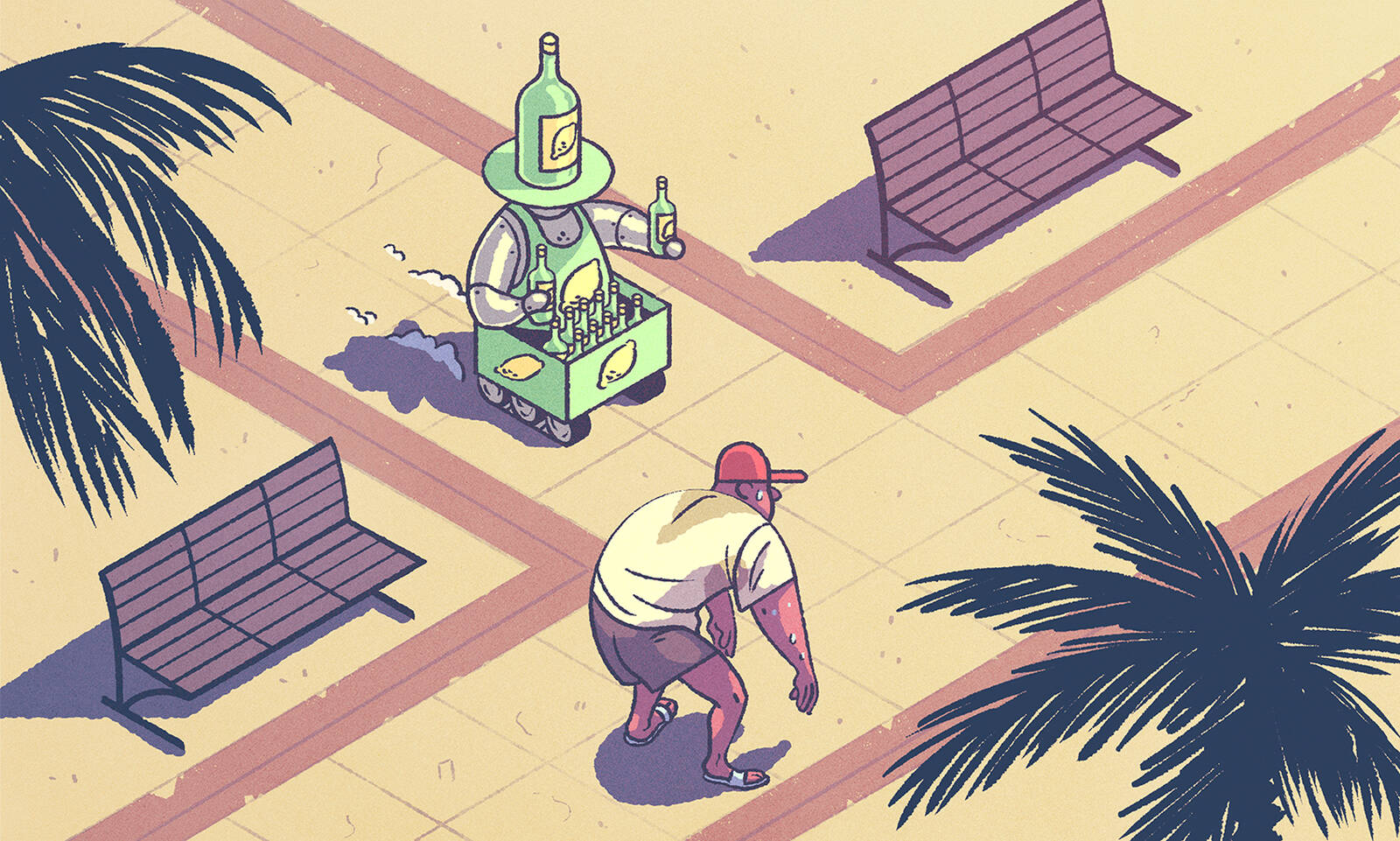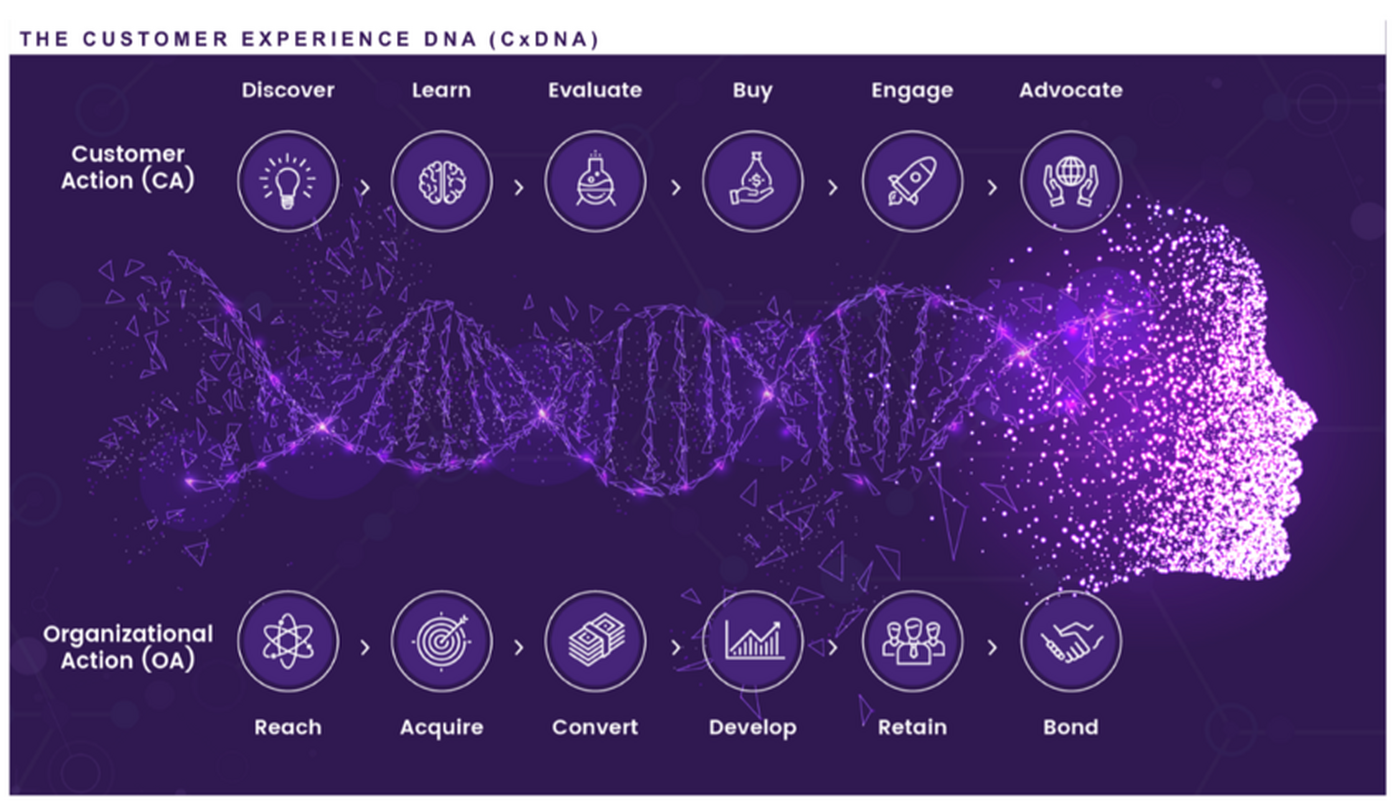Featured Faculty
Associate Dean, Digital Innovation; McCormick Foundation Chair of Technology; Clinical Professor of Marketing; Director of the Center for Research in Technology & Innovation

Michael Meier
It’s no secret that customers expect better service from companies these days.
Over the past decade, tech-savvy firms like Amazon, Uber, and Netflix have conditioned customers to expect service that is personalized to them, accessible on demand across multiple channels, and responsive to their needs at that exact moment.
Now, no matter what you sell, you’re on the hook to deliver this kind of experience. “Your customer’s expectations are not being set by your industry. They are being set by the best of the best of the best,” says Mohan Sawhney, a clinical professor of marketing at Kellogg.
So, across a range of industries, companies are responding. For the best of them, this is not just an effort to stay relevant to their customers, but to find new business opportunities as well. These companies are adopting a mentality that Sawhney describes as “care is the new commerce.”
Interested in learning more about how AI can help your business? Mohan Sawhney teaches the executive education course AI for Business Transformation. After taking this class, he says, “Leaders will be able to ask the right questions, and equip themselves with the tools and the frameworks they need to harness the power of AI to create business value.”
“What does ‘care is the new commerce’ mean? It is about eliminating artificial silos between marketing, sales and customer service,” says Sawhney. “After all, a customer is a customer. They are not ‘marketing customers’ or ‘service customers.’
“Let me give you a scenario shared with me by the former chief digital officer at Nike,” Sawhney continues. “Nike has collected 290 million profiles of customers. One of those customers tweets to Nike saying, ‘Hey, I’m running the Boston marathon on Monday. It’s Thursday and I’m in Florida, and I’m traveling to Boston, but my shoes haven’t arrived. I’m getting nervous.’ The representative at Nike responds - ‘I’m so sorry, we’ll expedite the order, but we notice that you’re living in Florida. And, it’s projected to be 29 degrees when you run on Monday. Are you prepared with the right clothes?’ The customer says, ‘Well, I had no idea.’ The representative goes on to say, ‘Here are some layers and thermals that you might be interested in. We recommend a layering approach. Let me show you samples of what I think will work for you.’ The customer picks out a few and the rep says, ‘We’ll put all this together. Tell us the hotel you’re staying at in Boston, and it will all be there for you in time for the marathon.’”
So what began as an interaction with a customer who called in to complain ultimately resulted in a $500 sale.
But this seemingly serendipitous encounter was not, of course, serendipitous at all. The interaction only occurred because Nike’s customer service representative had access to relevant information about the customer, was able to look holistically at the customer’s needs at that moment, and seamlessly switch from being a customer care representative to a sales representative.
It occurred, in other words, because the organization had adopted the “care is the new commerce” mindset.
He adds, “In the future, by the way, this whole conversation would take place with a chatbot. You don’t even need a human being.”
But organizations that want to transition to this new approach need to do much more than promote it as a mantra. For many, it will take a massive undertaking in three areas: creating a customer-data platform to get all customer data in one place; building a unified system of engagement that allows customers to interact across all digital and physical channels; and leveraging analytics and artificial intelligence to personalize the customer engagement.
Sawhney shares some of the ways companies need to be approaching these challenges in order to deliver the thousands, or millions, of nimble, bespoke customer interactions that will ultimately drive sales.
In order to provide personalization and responsiveness at any kind of scale, organizations will ultimately need to lean heavily on automation and artificial intelligence. But these tools are not one-size-fits all, and they must be used thoughtfully to address actual needs at important moments in the customer experience.
This means companies need to determine where to focus their investments. As a good first step, Sawhney recommends that companies map out what he calls the “customer experience DNA.”
Most companies think about the customer experience as a sales funnel: the process of converting prospects into customers. However, they also need to visualize the customer experience from another perspective: the steps that the customer goes through in their journey as they make a purchase decision.
To Sawhney, these two processes—the customer journey and the customer funnel management journey—can be visualized as two interwoven strands. He proposes the metaphor of the DNA, with its double-helix structure, as the basis of a framework called the Customer Experience DNA (CxDNA). The first strand in the CxDNA represents the customer’s side of the interaction, while the other strand represents the organization’s side.

Sawhney advises that companies go through the exercise of exhaustively detailing—both qualitatively and quantitatively—what each stage of the customer experience looks like from the customer’s perspective. This will help to clarify what information and content will be most useful for customers at each stage. This analysis in turn informs the organizational actions needed to nurture customers across the customer journey.
“This becomes an organizing framework,” he says. “Because once you know what stages customers are going through, you know what to do in order to facilitate their experience. The CxDNA also sets up the use cases for applying artificial intelligence to personalize the information and content to engage with customers at each step in the journey.”
Building out a comprehensive, unified model of the customer experience sounds straightforward enough, but Sawhney explains that it can be surprisingly complicated in practice. Many executives lament the lack of a common database about their customers, for instance. “The frustration that they voice is, ‘We don’t have the data in one place. We have departments and business units and geographies and silos. And unless we can stitch all the stuff together—and by the way, we don’t even have the same definition of a customer across the business units—we don’t have a seamless customer ID that we can track through all of those silos.’”
This insight often leads companies to create a single platform to house data across all channels, stages, and interactions—and which can also house an automation engine. These are steps Sawhney strongly recommends that companies take before they begin to think seriously about making any other investments into analytics.
“In order to be able to get full value from the analytics and AI efforts, you do need to put the foundations in place,” says Sawhney.
Once you’ve built out a unified model of the customer experience and developed a customer data platform capable of tracking individual customer interactions, you are in a good position to test how to bring “care is the new commerce” to life.
Specifically, this means determining which moments in the customer experience could be personalized, rethought, or otherwise improved, and then rigorously testing which interventions work.
“You first need to build a road, and then you need to decide whether to drive on the first mile of the road, or the last mile of the road, or some mile in between.”
“The decision becomes where along the customer journey to run the company’s analytics models. Think of it like: you first need to build a road, and then you need to decide whether to drive on the first mile of the road, or the last mile of the road, or some mile in between,” says Sawhney.
As a starting point, he suggests looking for leaks in your customer funnel, as these are the places where you are clearly letting your customers down, and a new approach would benefit both of you.
“Look for areas where you are failing, areas where you’ve got problems. And that becomes the point of attack for predictive models or analytics applications.”
Say you’re an app developer. Your marketing campaign generated 100,000 leads—and most of those have signed up for a free version of your product. But very few are shelling out for the paid version of your product. Your problem, then, is converting them to paying customers.
“That’s the point I would attack. I would build a model to predict the conversion and look at variables that drive conversion and what corrective actions I can take,” says Sawhney. This might mean, say, developing custom messaging or promotional offers to encourage users to transition to a paid plan—and then testing to see if they work. Or it might mean gauging users’ interest in a new feature in the paid version.
Or, in a different scenario, say you are an established software company with deep market penetration—90 percent of the market uses your flagship software through subscription. But many of those customers are using it sparingly, or for limited jobs. Those customers may feel that they aren’t getting the full value from the software, and may not re-subscribe. This presents you with a customer retention problem, which you might address by, for instance, developing personalized recommendations for trying out new features or more fully utilizing the software so that your customers can experience more value from it.
Fully transitioning to a “care is the new commerce” mentality will not come easily to most organizations, but that is no reason to delay getting started.
“These models and tools and processes are actually in production today. This is not science fiction. This is today,” says Sawhney. “So if you are doing marketing and customer engagement the old way—manually and with siloed systems—and assuming that marketing is all about creativity and intuition and running Super Bowl ads, you will be dead sooner than you think.”
But to marketing leaders feeling trepidation about how best to deploy technology, Sawhney advises that there is no single best place to focus your efforts. Instead, it is better to improve the customer experience at the places where you have the biggest problems, gradually working towards a more comprehensive end-to-end view.
It is important to think big, but to start small and to scale fast. “Machine learning and artificial intelligence should be applied not to do one gigantic thing,” he says, “but to do hundreds of little things that add up to significant business value.”